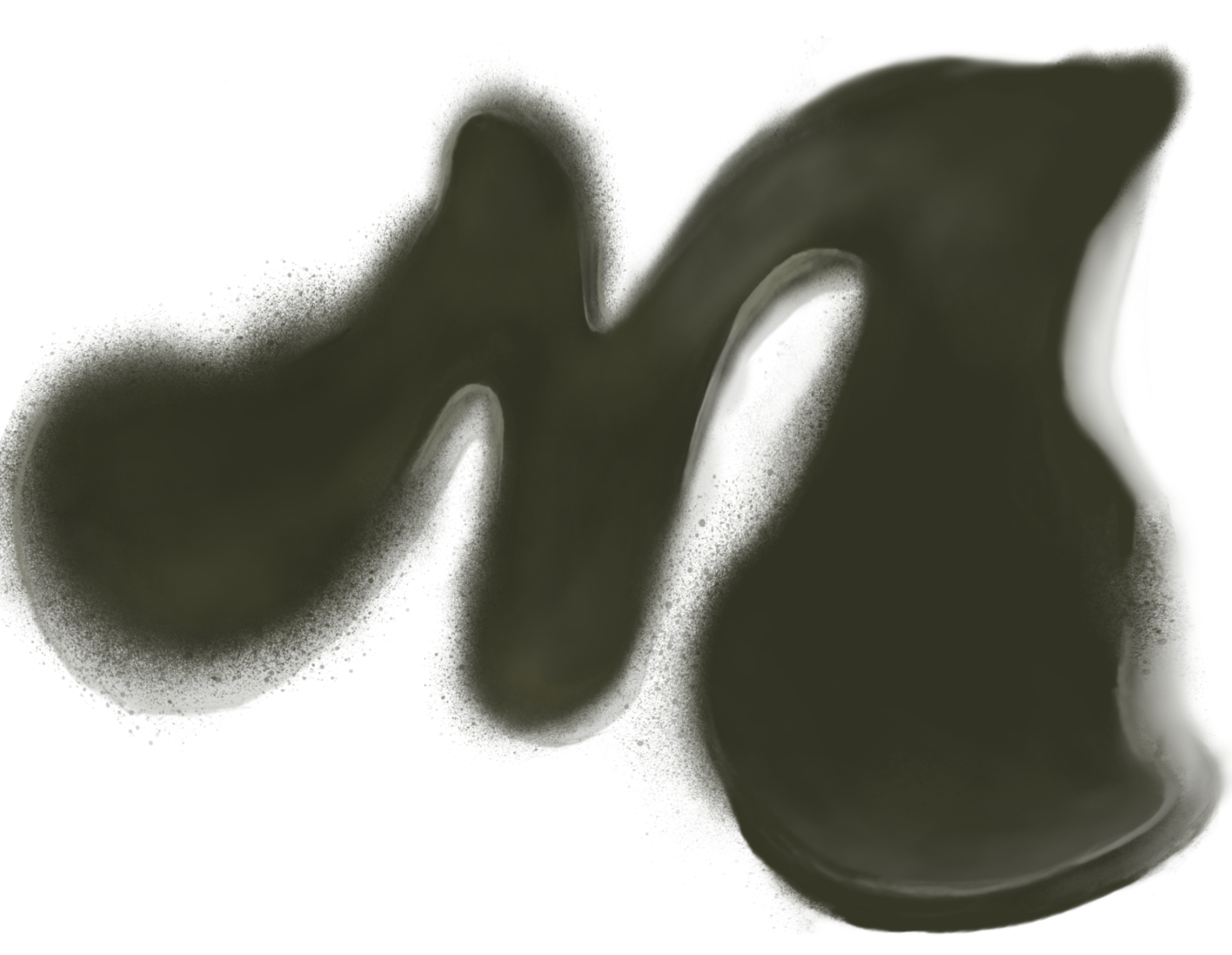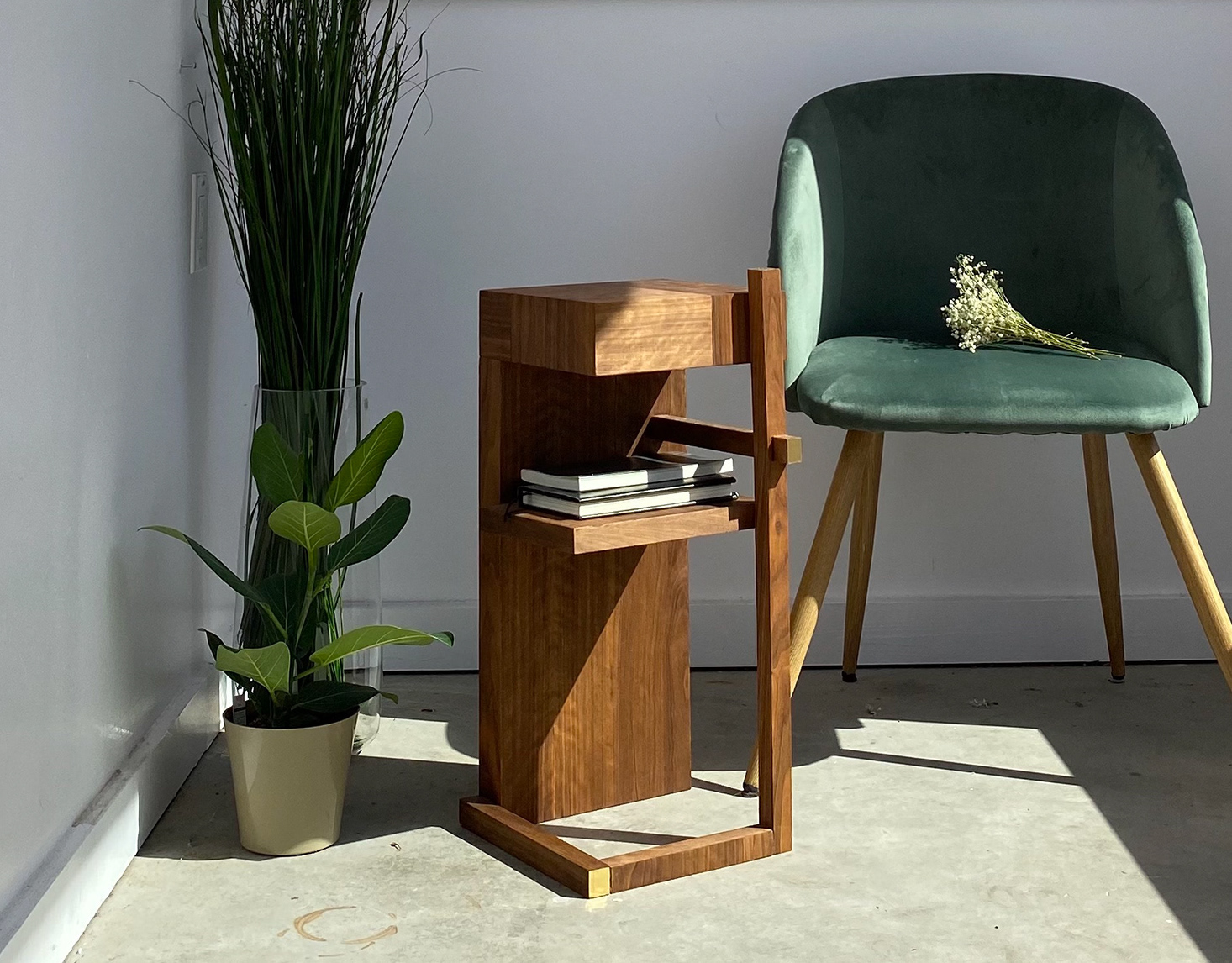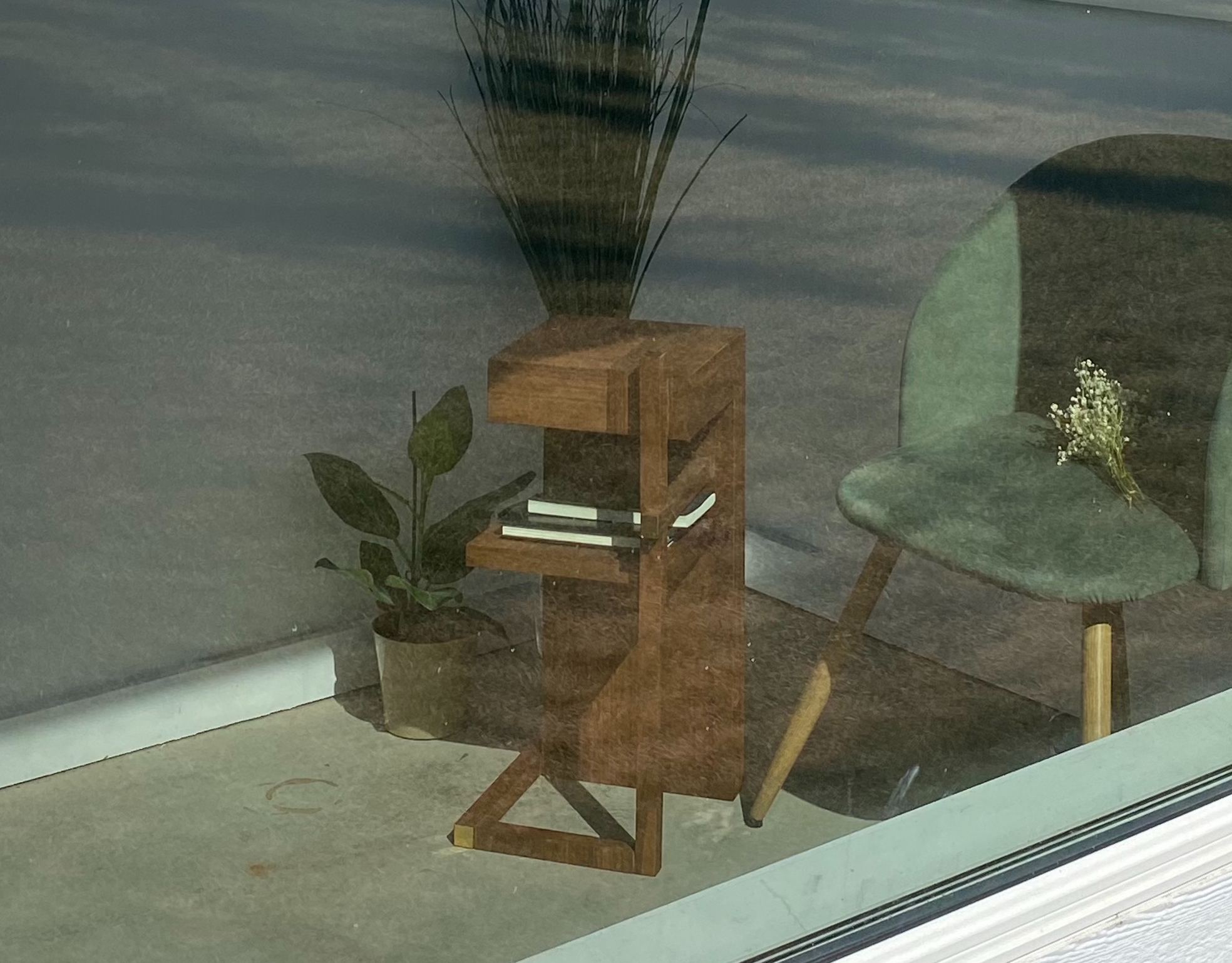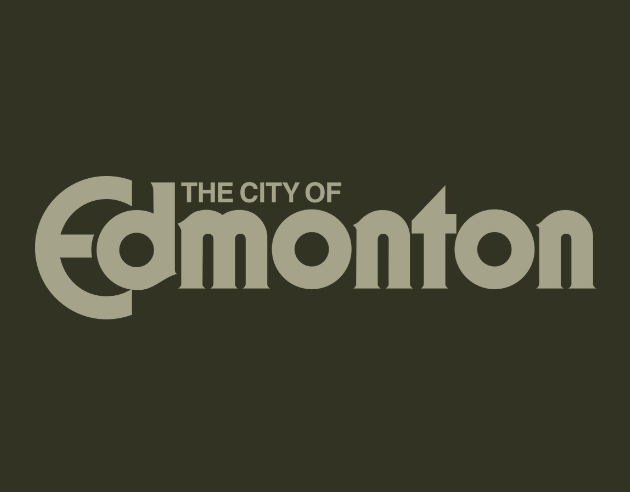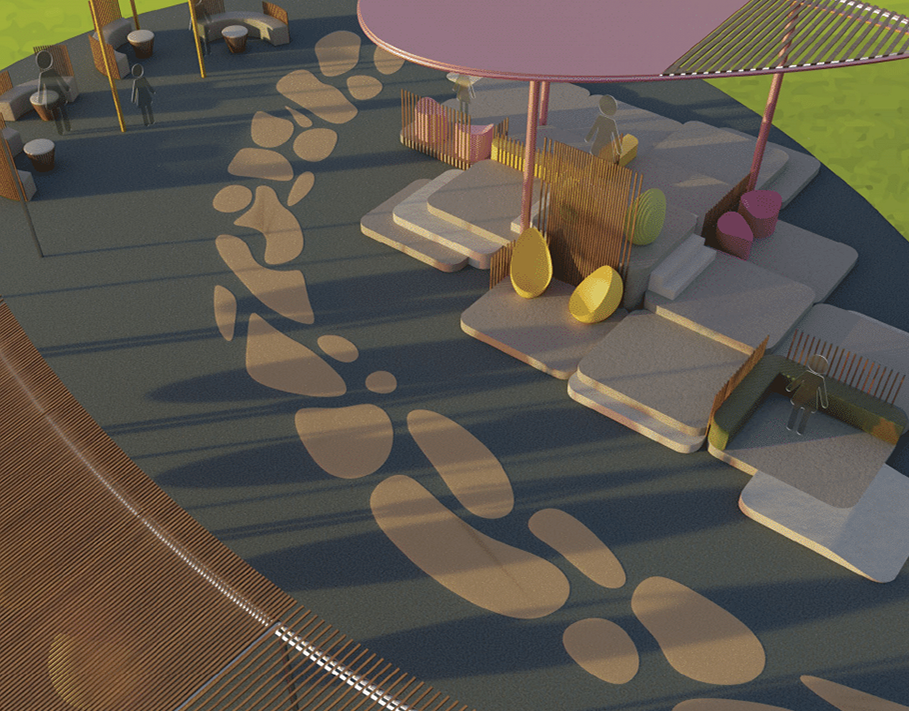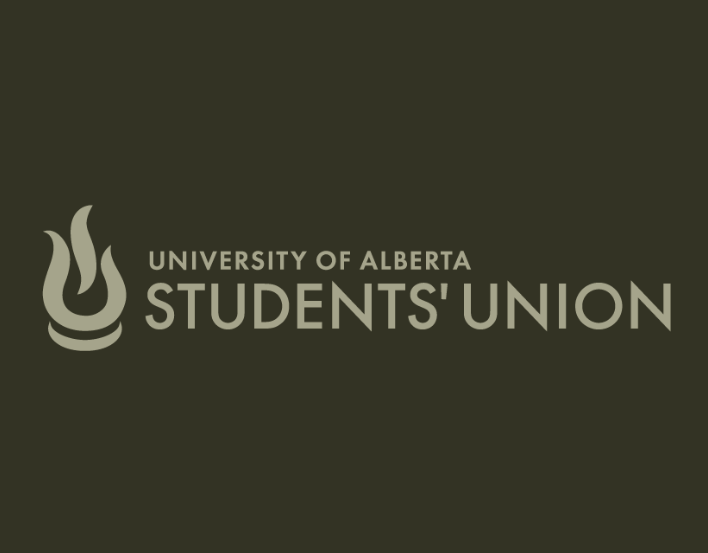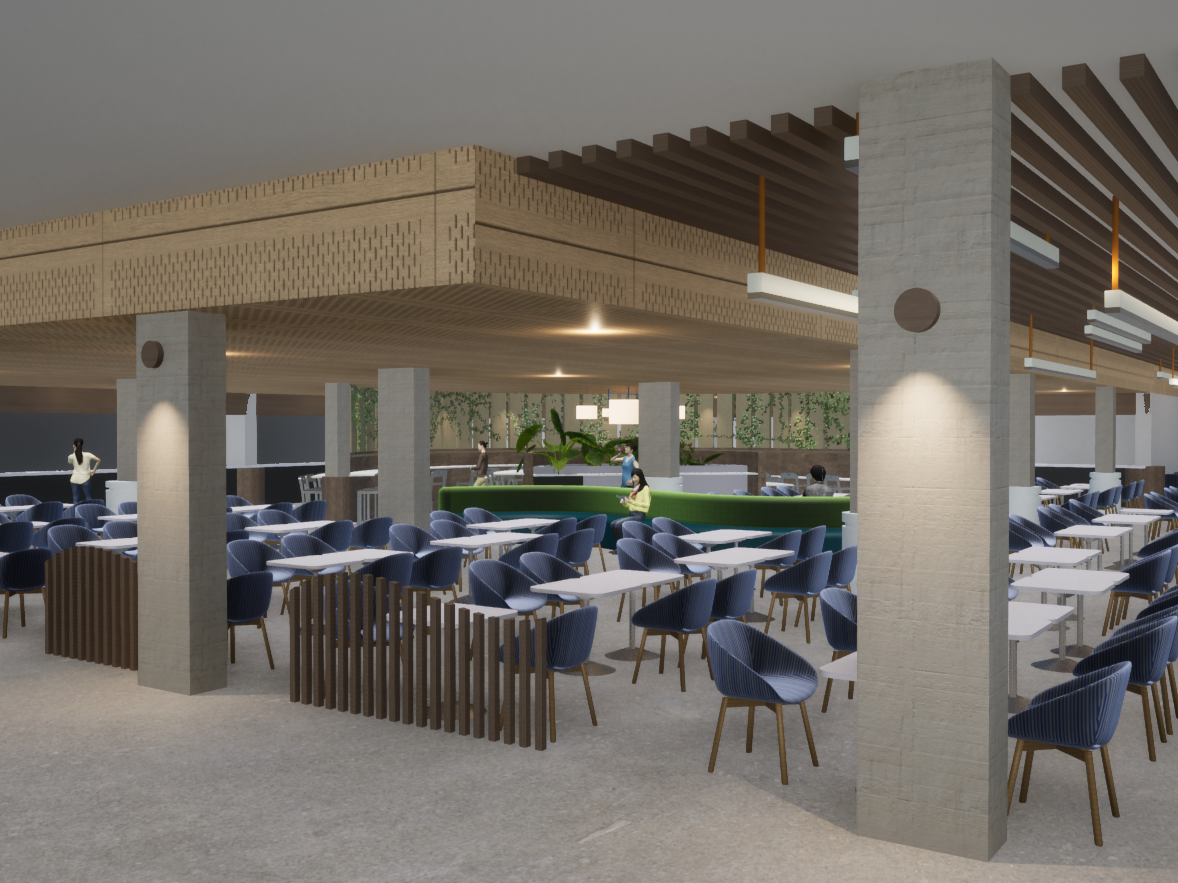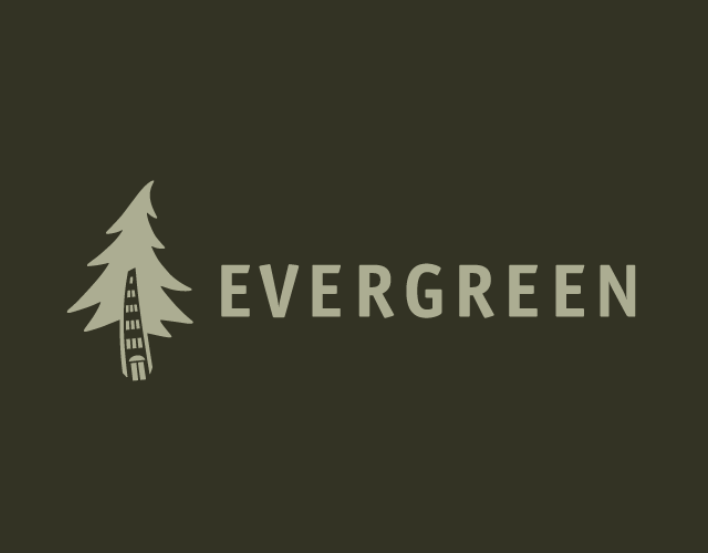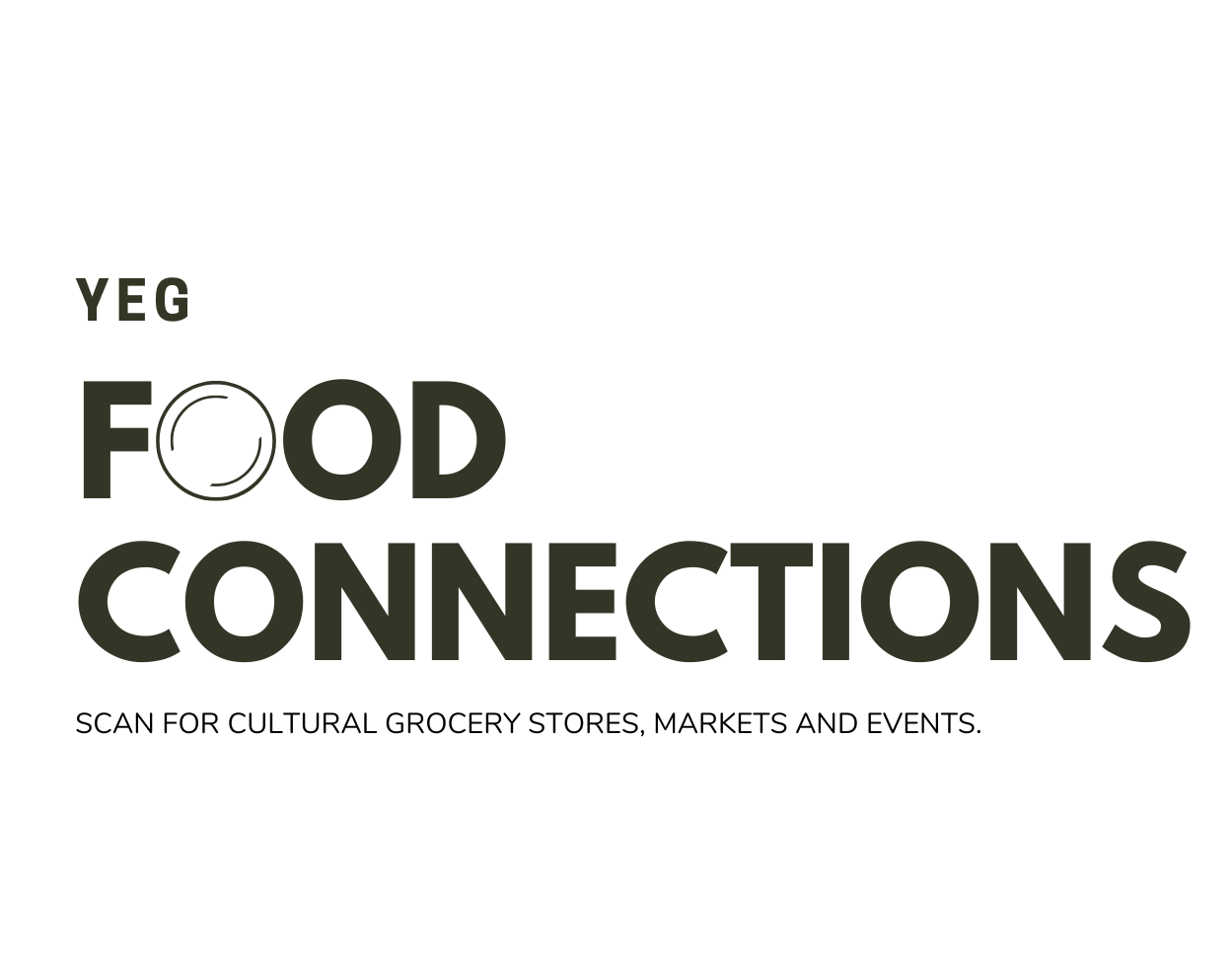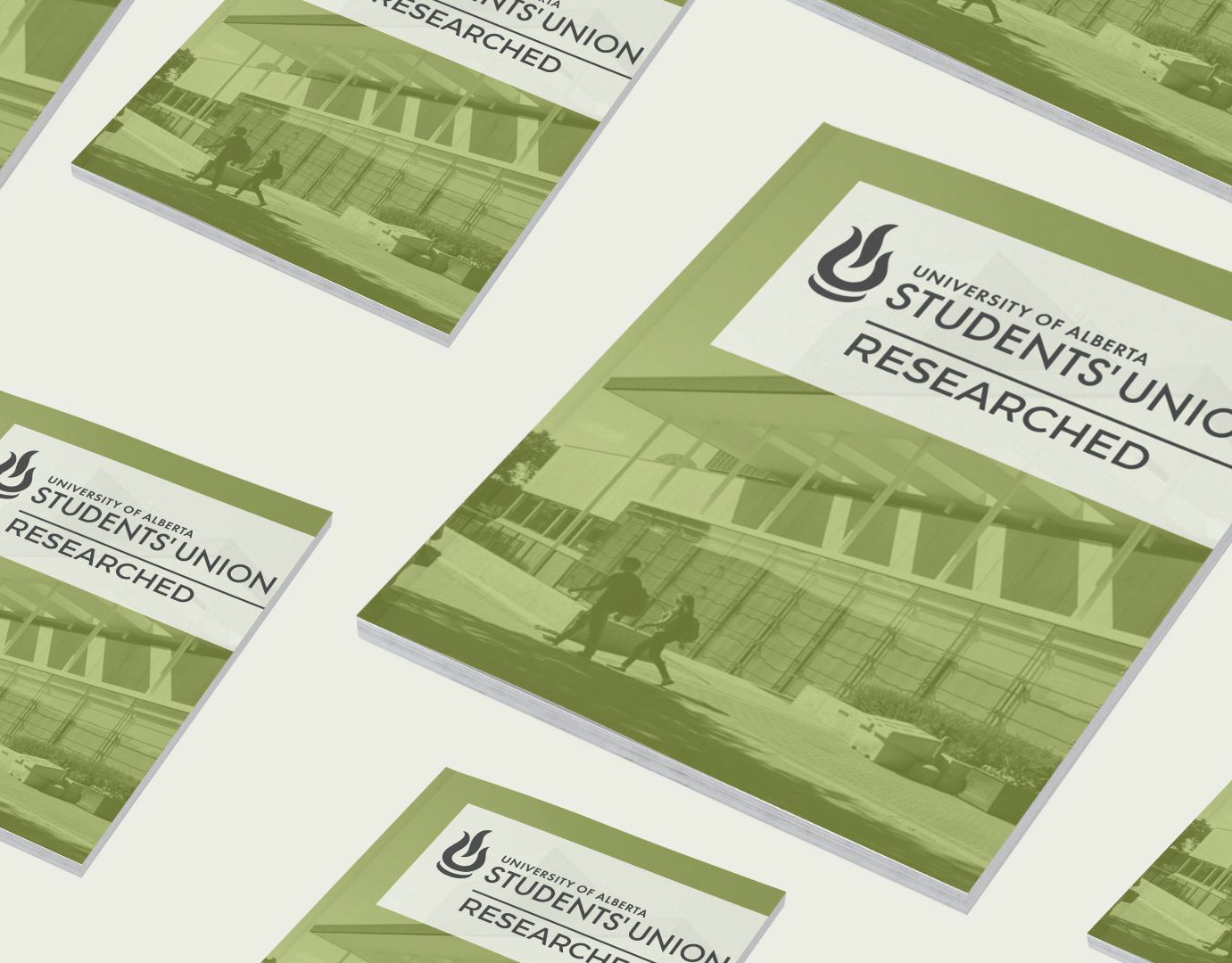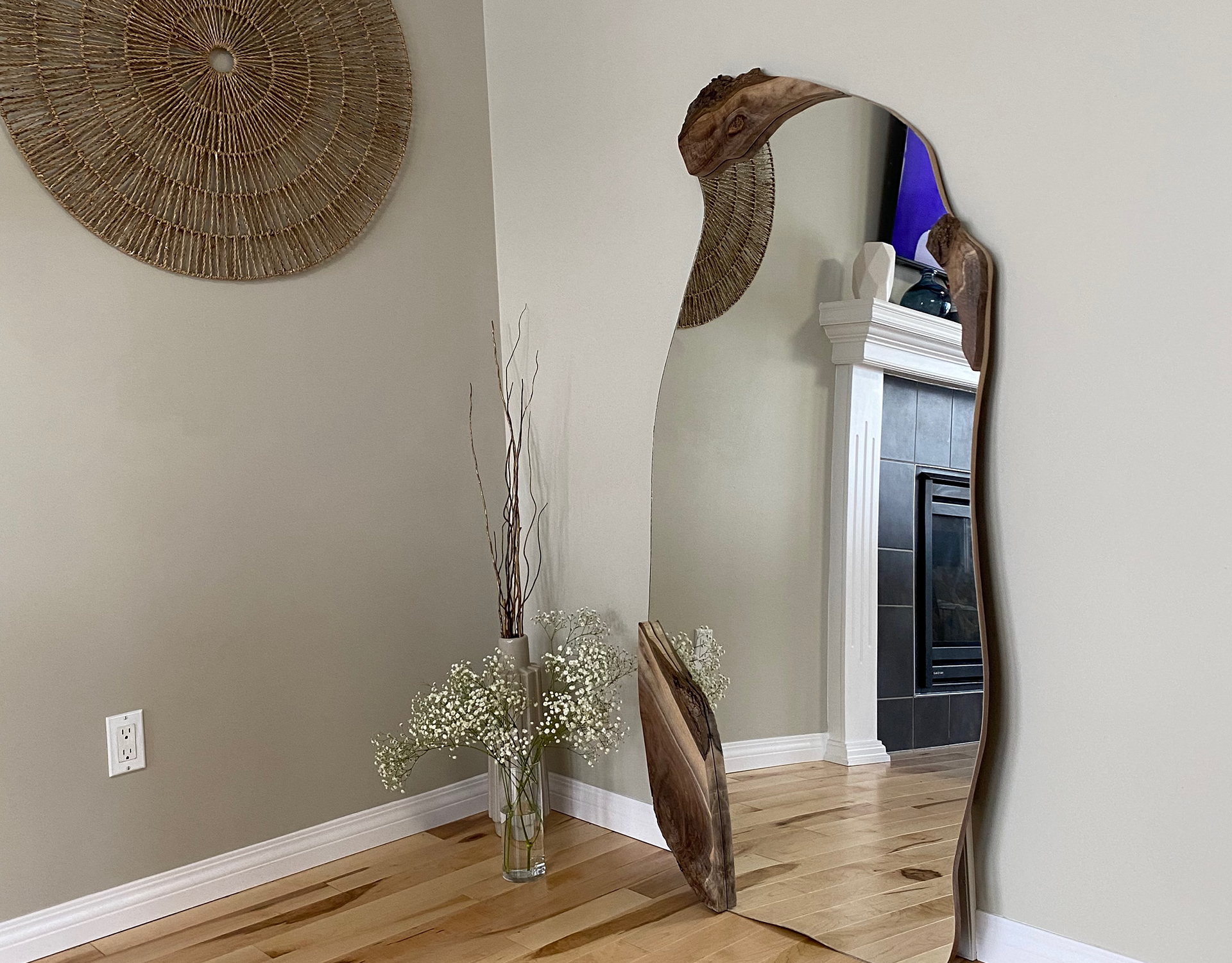BRIEF / We were tasked with creating a solution that addressed one of the three aspects of sustainability. (Economic, Environmental and Social).
Clients: Professor Ben King & Cody Wesley
Timeline: 2 Months
Role: Design Researcher, Interviewer, Service Designer, Storyboard.
Collaborators: Michelle Cortines + Rylee Maleski
Outcome: Indigenous Urban Landing Center (Service Design)
ACKNOWLEDGEMENT: We acknowledge that THIS Project was WORKED on ON Treaty 6 and 7 Territories. We are grateful to be on the ancestral space of Cree, Dene, Saulteaux, Nakota Sioux, Blackfoot, the Blackfoot Nations of Siksika, Kainai, and Piikani, the Tsuut’ina, the Stoney Nakoda First Nations, and Métis territories. With the recognition of the people that have taken care of this land, we strive to grow and work towards the decolonization of Indigenous knowledge and traditions.
Furthermore, I acknowledge that my group members and I do not identify as Indigenous, or practice indigenous traditions. Our project finds are limited to the experience of the people we had the privilege to talk to. Heavier involvement of Indigenous folks and the people directly affected by unstable housing is requireD.
THE ASPECT OF SOCIAL SUSTAINABILITY OUR GROUP CHOSE TO FOCUS ON WAS HOUSING INSTABILITY.
Of Calgary's 1,246,337 population
1,935 people experienced homelessness.
TOTAL NUMBER OF BEDS AVAILABLE IN CALGARY: 1,861 (2020)
More than 235,000 people in Canada experience homelessness every year.
25,000- 35,000 people may be experiencing homelessness on any given night
INITIAL DESIGN QUESTION:
" How might we assist individuals on the brink of homelessness mitigate the challenges associated with unprecedented displacement in an achievable and trustworthy manner? "
DESIGN SPRINT
At this point, the whole class underwent an intense Design Sprint to gain a better understanding of our problem and create without judgment.
Based on our previous research, we came up with the following ideations
COLLECTING PERSPECTIVES
AS WE CONCLUDED OUR RESEARCH AND INTERVIEWS WE FELT LIKE WE COULD MAKE A MORE IMPACTFUL SOLUTION BY NARROWING OUR SCOPE. IT BECAME CLEAR
“I lived a hard, poor life when I first moved to Edmonton. No one imagines it or wants that life and when you’re going through it you don’t think of it as a struggle. You just keep on keeping on, day by day, one foot in front of the other. I stayed in shelters, kept getting rejected place after place.. I felt alone i didn't fit in and i missed my family.. a few months i gave up and moved back to the res(erve).”
LES: INDIGENOUS YOUTH, FORMERLY HOMELESS
"There is also a lot of different barriers that some youth are facing when it comes to landlords [...] they ask for previous renters.. that keep youth from being able to rent or find a safe space [...] that we kinda take for granted or don't acknowledge. A lot of the support, sometime, for youth transitioning is getting a bank account [...] all the documents needed when moving [...] Bank accounts you need a mailing address [...] but there isn't really any mailing address out in the reserve, all the time. [...] What about those rural communities that don't have, I guess what they call 'valid addresses'?"
- Pelletier: MEXICAN CREE METIS WOMEN, Employee at Canada Bridges
"Working closely on the reserve with these patients and talking to them about plans for school [...] the main thing they say is that they just feel stuck because a lot of times there's not a lot of jobs, so they are just living. How do you move somewhere when you don't have money, or an education? They just feel stuck in this place when they wanna move somewhere and they think there is no way out. I can see that they can feel so isolated, a lot of these communities are distanced from a town or city."
" On the reserve it's very community based and they always say 'its a community that raises a child', that's because a child will go from the grandmas house to cousins to auntie and uncle. It's how it is on the reserve. When you go to a city you don't have that [...] unless you have family that have moved there. The biggest thing is that support system within the community, that's why people don't leave the reserve and move to the city because they are gonna be on their own and that's just not how indigenous communities live, they live with each other. "
-ASHLEY GHOSTKEEPER: METIS PARAMEDIC ON CADOTTE RESERVATION
"Homelessness is caused by our society failing certain populations and people [...] I believe they never received the proper support to live or succeed in society. Often this population has suffered traumatic events and weren’t able to cope. I have heard multiple stories about asking for help but being denied the help that they felt like they needed, [...] many people don’t fit the “right” criteria."
- KIRSTEN PIEDELUE: EMPLOYEE AT HOMELESS SHELTER IN RED DEER
MAIN DESIGN OBJECTIVES
BASED ON OUR INTERVIEW FINDINGS AND TAKEAWAYS WE COMPLIED A LIST OF OBJECTIVES
Permanent housing supports
Safe and trustworthy environment Accessible resources
Flexible and accessible criteria
Prioritize tradition, community and culturE
Safe and trustworthy environment Accessible resources
Flexible and accessible criteria
Prioritize tradition, community and culturE
NARROWING OUR SCOPE
Through our research and many interviews we gained a better understanding of our topic AND WHERE WE CAN CREATE SOCIAL IMPACTFUL . with our new knowledge and scope we adjusted our DESIGN QUESTION.
FINAL DESIGN QUESTION:
" How might we assist at-risk indigenous individuals and families navigate the initial challenges associated with moving from reserves to Calgary in an achievable and trustworthy manner? "
SOLUTION
Our sERVICE DESIGN is The Seven-Day-Stay Indigenous Urban Landing Centre, a welcoming
and safe housing facility for folks that need a few days when first arriving in Calgary.
Our solution is The Seven-Day-Stay Indigenous Urban Landing Centre, a welcoming and safe housing facility for folks that need a few days when first arriving in Calgary. The centre is fully equipped to help newcomers adapt to the city successfully. They can share stories and meals with other tenants, create community, and learn about the resources most useful to them, all while having access to a personal counselor to help guide their transition.
There are 25 units available for 7 days at a time open to families and individuals.
To example our service, let’s say an indigenous group is moving to Calgary from the nearby Stoney Nakoda Nation.
They do not have housing or contacts waiting for them in Calgary.
Upon arrival the group is directed to the Landing Centre, where they are welcomed by reception who can help direct them to any necessary resources.
If they plan on using our service, they have a brief interview with our intake agents.
In this process, they can confirm eligibility for housing in the centre as well as enquire what services they need that we can help them with finding jobs or permanent housing.
The on site admin team helps to coordinate community resources, opportunities, as well as gather feedback to improve the service.
Once the interview is complete, our guests are housed in either group rooms or individual rooms depending on their needs.
Each room is equipped with a small kitchenette and living space, with public bathing and hygiene facilities available down the hall.
When everyone’s settled, they are welcome to use the public areas for dining, socializing, or other activities. Optional meals are provided in the lounge for all guests every day.
To help our guests reach the next stage of their move, we provide a library, internet cafe, clinical services, and one on one counselling to help them find career opportunities and housing. Obviously this is an ongoing process but our service strives to take the stress out of first arriving.
At the end of the stay we have a closing interview where guests can ask any additional questions or apply for an extended two week stay for an additional charge.
If they are ready to move forward they are provided with a small parting gift package of city maps, bus tickets, and hygiene products.
KEY PARTNERS
Our number one priority is our Customer Relationship. Without building the trust of our customers, we are not able to fulfill our mandate. That's why accessibility and a personal experience is important.
We work with community partners for support like the City of Calgary, the Food Bank, local businesses, and well-being resources such as detoxification clinics, and shelter programs.
We look to government grants, donors, and extended stay charges for revenue.
VALIDATION
WE REACHED OUT ASHLEY ONCE MORE AFTER FINISHING OUR PROJECT. SHE WAS ABLE TO PUT OUR INTENTION INTO WORDS, AGREEING THAT CREATING A RESOURCE THAT IS MEANT TO SUPPORT THEM IS THE NEXT STEP IN ESTABLISHING STRONGER COMMUNTIES.
"For us to move forward we have to move together we have to support one and other and continue to be resilient in the way we move. Having these support systems such as this will make waves for the new generation and for what's to come. A helping hand, a listening ear, even with that first step to get both feet on the ground is what is needed to improve where we are. Those who feel stuck can now get that momentum to get into the groove of where the next step could lead, it really does take a team and expanding communities. And this will do just that."
-ASHLEY GHOSTKEEPER: METIS PARAMEDIC ON CADOTTE RESERVATION
THE FUTURE
Through the process of designing such an intricate service, we considered how we could expand this business in the future.
One of these being through physical expansion, depending on the success rate of the first location these centres could become a new more widely available resource in more Canadian cities. Depending on the amount of traffic encountered at this location could also help determine whether future expansion of units may be needed as well.
Socially, the centre as well as ourselves would greatly benefit from the inclusion of indigenous voices in the design and facilitation of these locations, as our current model is based on our research through this project rather than personal experience.
Based on how the facility runs and the amount of community donors we are able to partner with, we would have to consider how to generate funding in the future to prevent us relying solely on government grants.
SOURCES:
https://sdgs.un.org/goals
https://www.alberta.ca/find-shelters.aspx https://calgaryhomeless.com/content/uploads/Calgary_PiT_Report_2018.pdf
https://innfromthecold.org/
https://www.canadabridges.com/about-us/our-story
https://www.gspady.org/permanent-supportive-housing-1 https://www.instagram.com/calgarycommunityfridge/ https://www.cpacanada.ca/en/news/canada/2020-06-09-dealing-with-job-loss https://www.bbc.com/worklife/article/20201021-coronavirus-the-possible-long-term-mental-health-impacts https://www.oprah.com/money/financial-priorities-supporting-your-family-financially/all https://open.alberta.ca/publications/lgbtq2s-youth-housing-and-shelter-guidelines https://www.homelesshub.ca/povertyhub/diversity/LGBTQ
https://homewardtrust.ca/homeless-amid-covid/
https://www.hri.global/what-is-harm-reduction
https://www.facebook.com/TheTableYYC/
https://www.gspady.org/permanent-supportive-housing-1
https://99percentinvisible.org/need/
https://www.ravinperera.com/waiting-at-the-efb
https://www.edmontonsfoodbank.com/contact/ https://open.alberta.ca/dataset/1e38502a-550b-4351-86cf-10cc5f393f93/resource/3bae701e-0e72-49bf-ba16- 2a3901bf6534/download/guide-indigenous-organizations-services-alberta.pdf https://calgaryfoundation.org/about-us/reconciliation/land-acknowledgement/
https://www.alberta.ca/find-shelters.aspx https://calgaryhomeless.com/content/uploads/Calgary_PiT_Report_2018.pdf
https://innfromthecold.org/
https://www.canadabridges.com/about-us/our-story
https://www.gspady.org/permanent-supportive-housing-1 https://www.instagram.com/calgarycommunityfridge/ https://www.cpacanada.ca/en/news/canada/2020-06-09-dealing-with-job-loss https://www.bbc.com/worklife/article/20201021-coronavirus-the-possible-long-term-mental-health-impacts https://www.oprah.com/money/financial-priorities-supporting-your-family-financially/all https://open.alberta.ca/publications/lgbtq2s-youth-housing-and-shelter-guidelines https://www.homelesshub.ca/povertyhub/diversity/LGBTQ
https://homewardtrust.ca/homeless-amid-covid/
https://www.hri.global/what-is-harm-reduction
https://www.facebook.com/TheTableYYC/
https://www.gspady.org/permanent-supportive-housing-1
https://99percentinvisible.org/need/
https://www.ravinperera.com/waiting-at-the-efb
https://www.edmontonsfoodbank.com/contact/ https://open.alberta.ca/dataset/1e38502a-550b-4351-86cf-10cc5f393f93/resource/3bae701e-0e72-49bf-ba16- 2a3901bf6534/download/guide-indigenous-organizations-services-alberta.pdf https://calgaryfoundation.org/about-us/reconciliation/land-acknowledgement/
